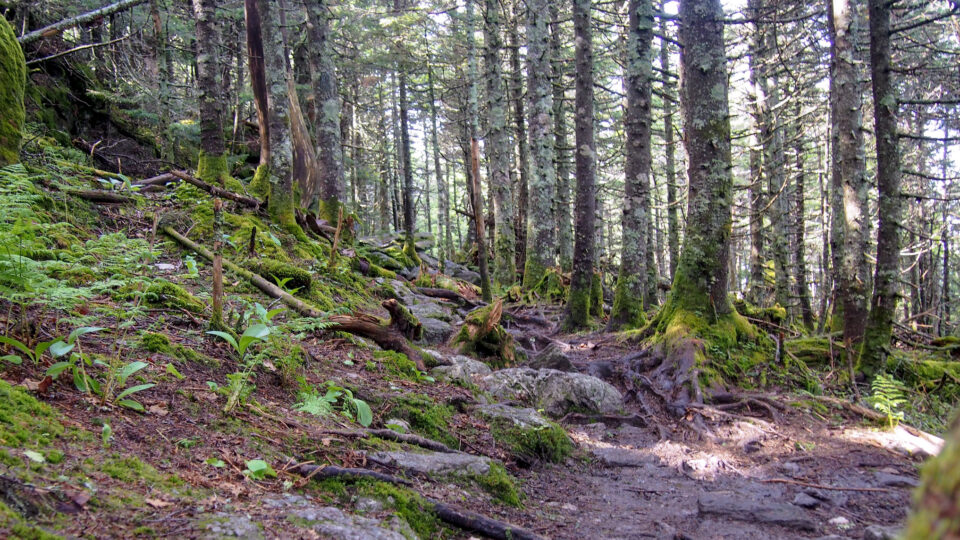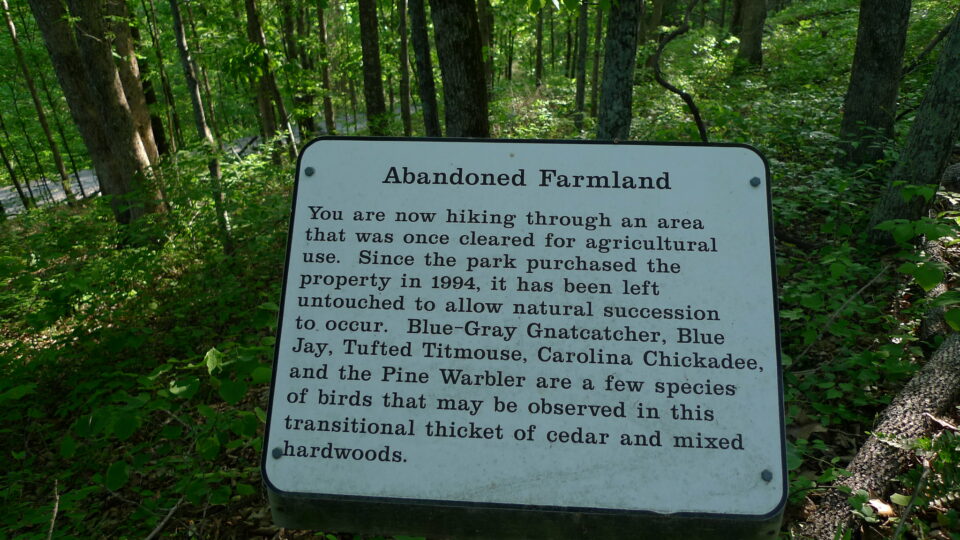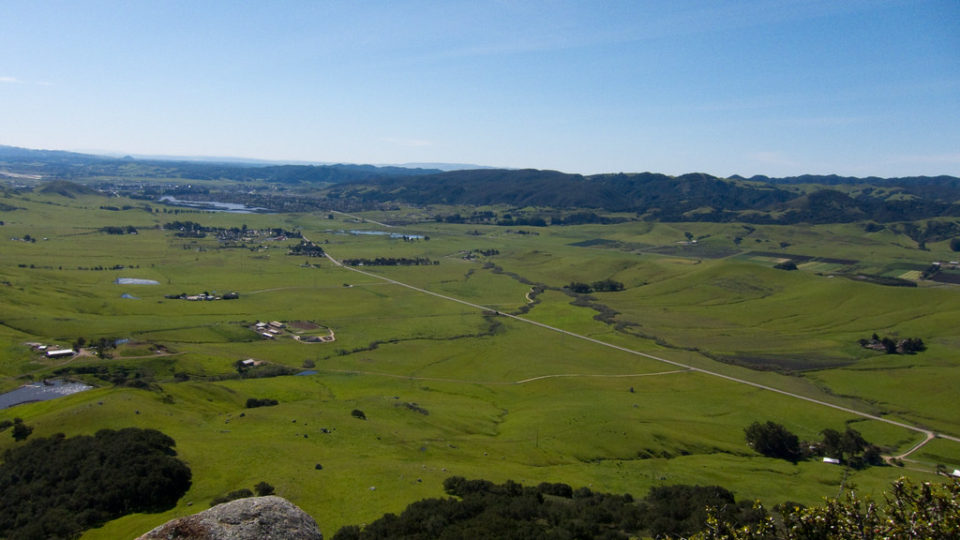In recent times, Vermont and neighboring states have been losing forest land to development at a rate of almost 1,500 acres per year. With forest fragmentation gaining ground across New England, conserving land for future generations of people, wildlife, and plants has become both increasingly important and increasingly difficult.
According to a new study published by researchers at the University of Vermont, the state has already protected a third of the highest priority targeted lands needed to protect and connect valuable wildlife habitats and corridors. The protected lands amount to 1.3 million acres.
Most of the currently conserved lands are forested. However, there are high-priority targeted surface water and riparian areas – ponds, rivers, shorelines, and wetlands – and not nearly enough of these have been protected. (Many animals require zones along waterways in which to travel between the habitats they need to survive).
The state of Vermont and a number of partners have laid out a comprehensive and thoughtful vision that would ensure that Vermont remains a good place for all forms of life in the future. The new study provides a crucial benchmark of current levels of forest protection to help prioritize future conservation actions.
Three groups dominate in responsibility for the state’s protected lands: the federal government, the state government, and private non-profit organizations. (Each of these account for roughly a third of existing protected lands).
Going forward, Vermont’s nonprofits will play an increasingly important role in land conservation, especially in continuing to protect those areas that are rich with species diversity. Nonprofits are engaging more and more deeply in restoring wetlands that were previously degraded, planting new forests along river shores, and protecting unique natural communities while also protecting working forests and farmland.
**********
Web Links
Vermont Has Conserved One Third of the Land Needed for an Ecologically Functional Future
Photo, posted June 15, 2014, courtesy of Wesley Carr via Flickr.
Earth Wise is a production of WAMC Northeast Public Radio.


